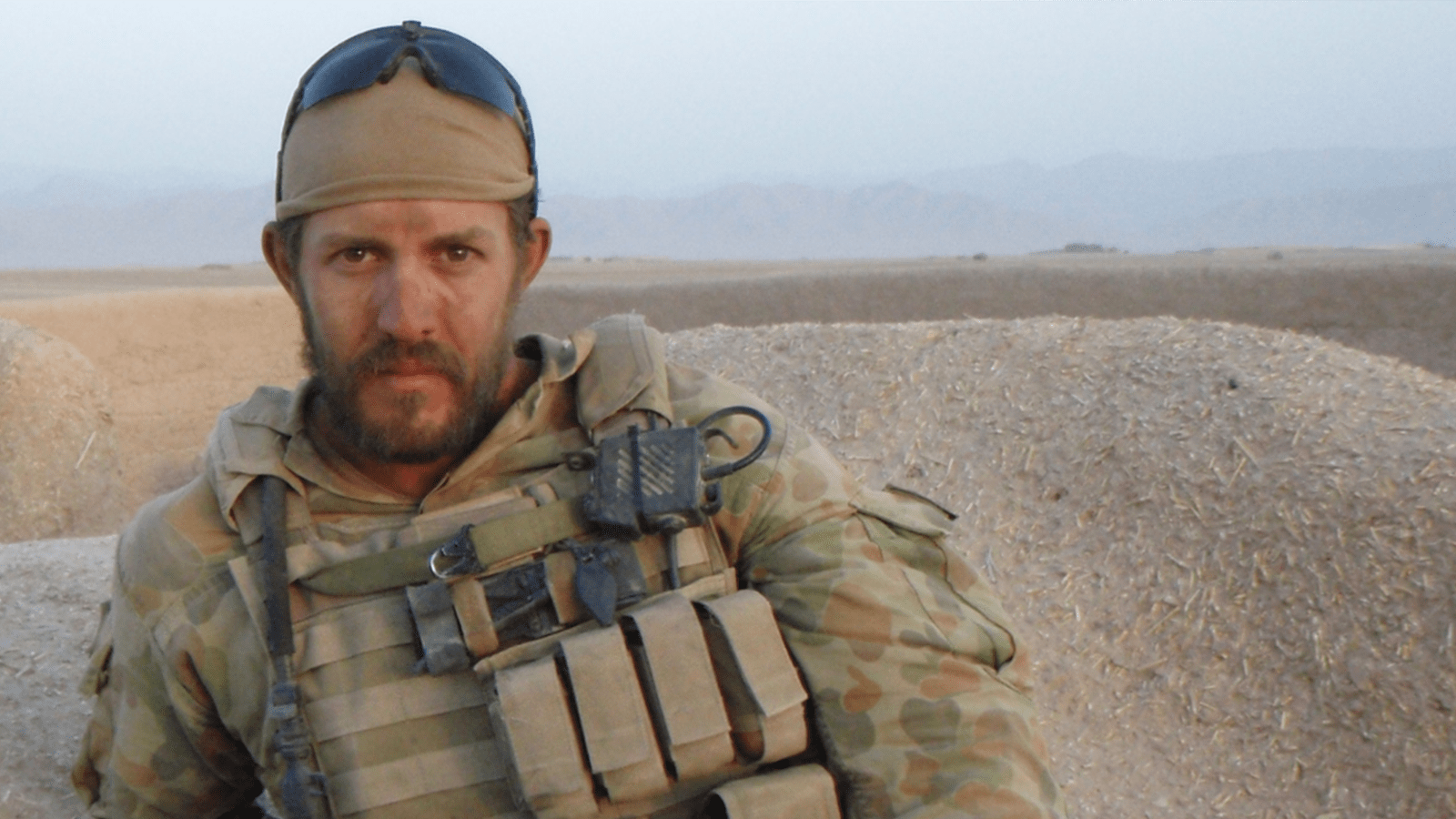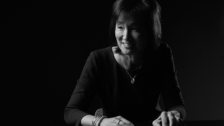Yarra Capital’s Dion Hershan on the value of humility and conviction
A self-described “stock market nerd”, Dion Hershan is one of those people who made their hobby their career.
As executive chairman and head of Australian equities at Yarra Capital Management, Hershan still eats, sleeps and breathes the stock market, balancing his role as a portfolio manager focused on large-cap equities with his leadership position at the firm.
In that sense, nothing has changed from when Hershan was a 12-year-old schoolboy in Melbourne.
“I’ve always been fascinated by the stock market; some kids read cartoons and some kids read the sports section, but I used to read the stock market tables and try to figure out what was going up and what was going down,” Hershan tells The Inside Adviser. “I bought my first stock aged about 12. I was ringing my Dad’s stockbroker at lunchtime during school. Although, as you’d expect with a 12-year-old, I knew absolutely nothing.”
From high school – where he had moved on to trading options – Hershan went on to Melbourne’s Monash University, where he studied commerce and arts, majoring in economics and Australian politics. His first job was with Boston Consulting Group, where, as destiny would have it, one of his clients was a fund manager, and he got “a bit of a window” into how the industry worked. That only solidified a thought that had been fascinating Hershan for years; that he could possibly turn his childhood obsession into a career.
This process further percolated at Columbia University in New York, where Hershan enrolled in the MBA program in 2000. “Columbia Business School is the spiritual home of value investing; Benjamin Graham taught there. In fact, one of his students was Warren Buffett. I loved the Value Investing program and all of the academic background to investing. I knew then that’s what I wanted to do.”
Graduating from Columbia in 2002, Hershan got a job with funds management giant Fidelity in Boston as a technology and diversified financials analyst. After two years there, he moved to New York to work at Citadel Investment Group, managing a long/short portfolio.
Both firms were “great training grounds”, he says.
“The Fidelity model back then was rotational; you covered one sector for a time, and as soon as you understood them, you’d move on to the next group of stocks. Citadel was just as you’d expect, an intense, hard-charging Wall Street hedge fund. But it was also a very driven and passionate organisation, with an absolutely acute focus on risk management. Again, a wonderful experience,” he says.
But the call of home was strengthening, as the Hershans thought about a family. And just the right job had come up.
“Halfway through business school I interned at Goldman Sachs in London. When I decided to come back to Australia, some familiar people helped introduce me to Goldman Sachs Asset Management here. I worked there as head of Australian equities for almost ten years before we bought-out the business and set up Yarra Capital Management,” Hershan says.
It was an opportunity that might come only once in a career – to build a funds management company from the ground up – and Hershan jumped at the chance, leading the management buy-out. “A lot of things came together at once. Goldman wanted to focus more on global businesses and global asset classes, and while the Australian funds management business had been successful, Australia was a small market for them. We had the finance and we wanted to do it, so it made sense.”
While the Yarra leadership built the firm – which opened for business in January 2017 – Hershan’s particular baby was the Australian equities capability, and day-to-day, he works most closely with the firm’s 14-strong Australian equities team, which forms part of an investment team of 27.
“We wanted to be style-neutral, bottom-up, active, high-conviction, long-term investors, but we also wanted to go about that in a very rigorous way,” he says. “We’re paranoid long-term investors… we’re always testing and re-testing what we own, and why.”
“We always say that the only certainty in our business is that we will make mistakes, but what separates investors is how fast they figure out that they’re wrong. You need the humility to know you will make a lot of mistakes. But also, when the market is telling you that you’re wrong, you need to have the conviction to say ‘We’ve done our research, we think our thesis will play out, and we need to be patient.’”
Above all, the team knows it “will never answer all the questions from Collins Street,” he says. “We do more than 2,500 company visits a year, and I’ll be on hundreds of them, because deep research is the heart of our process. If you want an information edge, and you must have that, it’s all about assembling a mosaic of data points. We talk to customers, competitors, suppliers, ex-employees and regulators. We gather all sorts of views of the company to put the puzzle together.”
Hershan is energised by Yarra’s recent tweak, a strategy that excludes the 20 largest ASX stocks by capitalisation from the portfolio. “Straight away, you’re looking at a different universe, one that’s not 60 per cent banking and resources. We call it the ‘mundane seven,’ and it’s the opposite effect to the ‘magnificent seven’ in the US – in Australia, our concentration risk is in the four big banks and the three big miners, and our five-year view is that they’re going nowhere in terms of earnings and share price.”
But an ex-20 strategy immediately “flips the weightings around,” he says.
“Your universe is suddenly more diverse, more balanced, with lower stock and sector concentration. You can invest in more companies and industries that do offer earnings growth potential. Our universe is now the ‘ASX 280’ – the S&P/ASX 300 minus the Top 20. It’s a far less efficient market, and our active and bottom-up investment approach suits the fact that the share prices don’t always accurately reflect their underlying valuation.”











